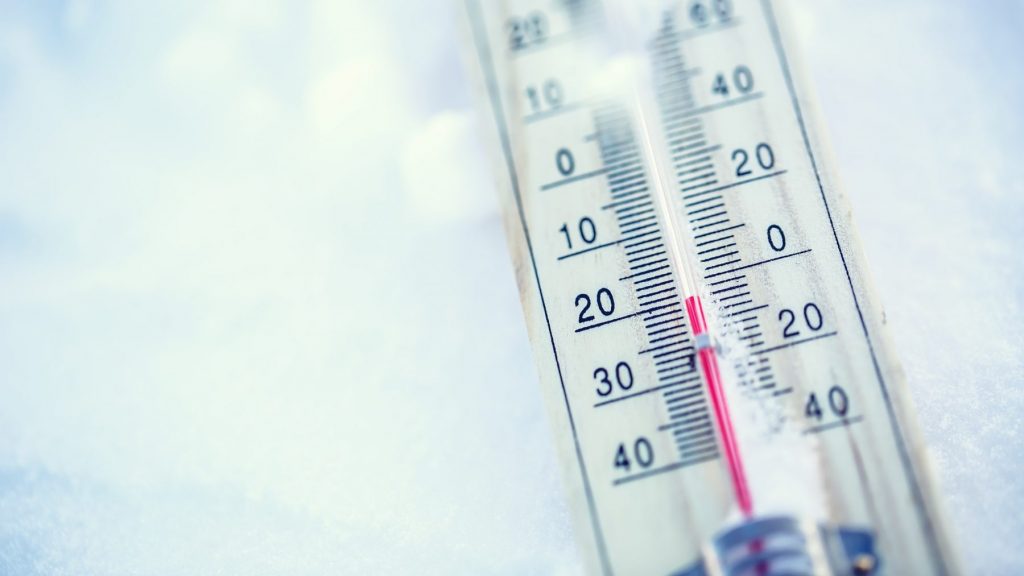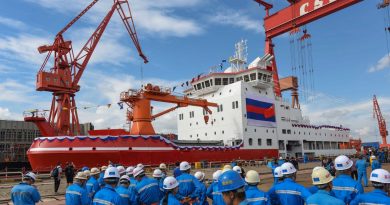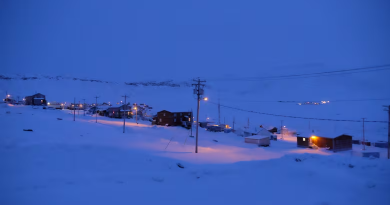Arctic Finland sees unseasonably mild winter this February

Finland’s Arctic Lapland region experienced an astonishingly mild winter through the month of February with the average temperature roughly 7 C higher than typical for the month.
“February was unusually, or even exceptionally, mild in Northern Lapland,” the Finnish Meteorological Institute said in a statement.
Nellim, a small Arctic village near the Finnish-Russian border, saw a surprising 7.3°C on February 7th.
In stark contrast, Tulppio, a popular village for camping, also in eastern Lapland, saw the lowest temperature of the month on Feb 4 when the mercury plunged to -39.6 C.
Snow? Not So Much
The not-so-snowy Lapland winter was a major disappointment for travellers this winter, a weather trend that continued in many parts of the region in February.
Snowfall was exceptionally low across the country including the usually snow-covered west coast and parts of the Kainuu region, situated in the central-eastern part of the country.
While places like Kilpisjärvi, one of Finland’s northernmost villages, managed to accumulate 105 cm of snow, by late February, snow cover elsewhere in the country was thinner than usual, with southern and western regions almost entirely devoid of snow.
Precipitation Takes a Dive
It wasn’t just low snow cover that caught meteorologist’s attention.
Precipitation levels in many parts of Finland were also below average in February.
Many regions received less than a third of their typical winter rainfall. In Toholampi, in central Finland, the winter’s precipitation was the lowest at 65.9 millimeters, while Koivuniemi in Vironlahti saw the highest at 199.6 millimeters.
“The amount of precipitation was higher than the average in the southeast and in Central and Northern Lapland,” the FMI said. “The central parts of the country experienced less precipitation than usual.”
Comments, tips or story ideas? Contact Eilís at eilis.quinn(at)cbc.ca
Related stories from around the North:
Canada: Study examines physical, social costs of thawing permafrost across Arctic regions, CBC News
Norway: Global sea ice hits all-time February minimum, with Arctic, Antarctic declines, The Independent Barents Observer
Russia: Melting permafrost may release industrial pollutants at Arctic sites: study, Eye on the Arctic
United States: 30–50% of critical northern infrastructure could be at high risk by 2050 due to warming, says study, Eye on the Arctic



